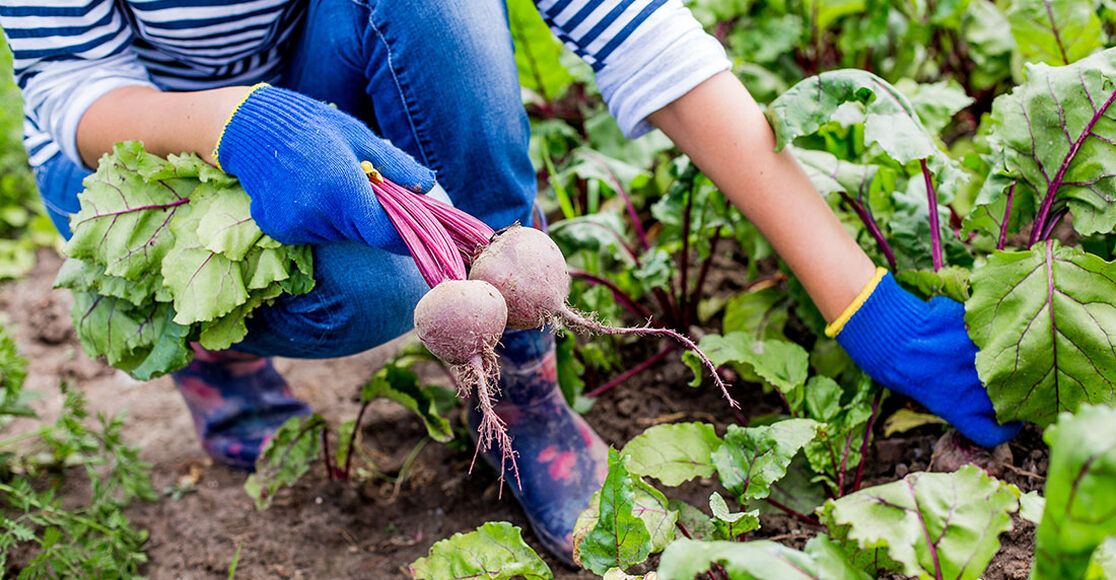The arrival of spring brings joy to many gardeners, signifying it is time to get back in the dirt. While there are several gardening techniques available to adopt, one option allows you to both maximize your yield and extend the growing season – succession planting.
Succession planting is the sowing of one crop immediately after another has finished. An example of succession harvest is lettuce (spring), tomatoes (summer) and cabbage (fall). All three crops can be grown in the same garden space. Simply plant one crop after another has been harvested to keep your garden productive. This method also prevents weeds from growing and protects soil from the eroding effects of wind and rain.
With proper planning and preparation, succession planting may give your garden its best harvest yet.
Selecting Crops
The first step in this process involves planning what your garden is capable of producing and what plants are compatible in your environment. You need to know each vegetable’s planting season, space requirements, frost tolerance and how long it takes to reach maturity. These details are easy to locate in catalog descriptions and on seed packet instructions.
Plant quick crops, like garden cress (there are some types of cress that are not edible. Garden cress is the one you can eat) and radishes, early in the spring and follow them with intermediate or long-season vegetables. Tomatoes and peppers are long-season crops that bear continuously, while Brussels sprouts and corn remain in the ground for months, but produce only at the end of the season. Another option is to plant intermediate vegetables, such as carrots and beets, that may be sown in spring and again in late summer.
Keep in mind, vegetables in the same plant family – like peppers, eggplants, potatoes and tomatillos – should not be planted together or even in the same spot within three years of each other, as they share the same pests and diseases which can easily be passed along from one harvest to the next.
To prevent this from happening, be sure to research and create a planting schedule for your garden to help narrow the selection process. Create a diagram of your early crops and late crops with the expected harvest date. This will also help you to visualize where to place each plant family and when you will need to begin preparing for harvest.
Replacing the First Crop
During the height of summer, your first crop should be harvested and cleared in time to sow the second season of plants. After clearing the first crop, remove weeds and use a rake to break up any clumps and smooth the soil. Check the pH levels and texture of the soil to decide whether you need to add fertilizer or if a light layer of compost will be enough to replenish nutrients.
In late summer, seeds should be planted twice as deep as in spring because cool-weather plants often struggle to germinate if the soil temperature is above 80 degrees. To help optimize growth, look to plant in environments with natural shading provided by objects like a trellis or taller plants that already exist in your yard.
It may be easier to transplant young store-bought plants to ensure a healthy growing season. A few of the best plants to transplant are cabbage, kale, lettuce, and sprouting broccoli.
Now, start creating your planting schedule and get ready for your garden’s bountiful harvest.



